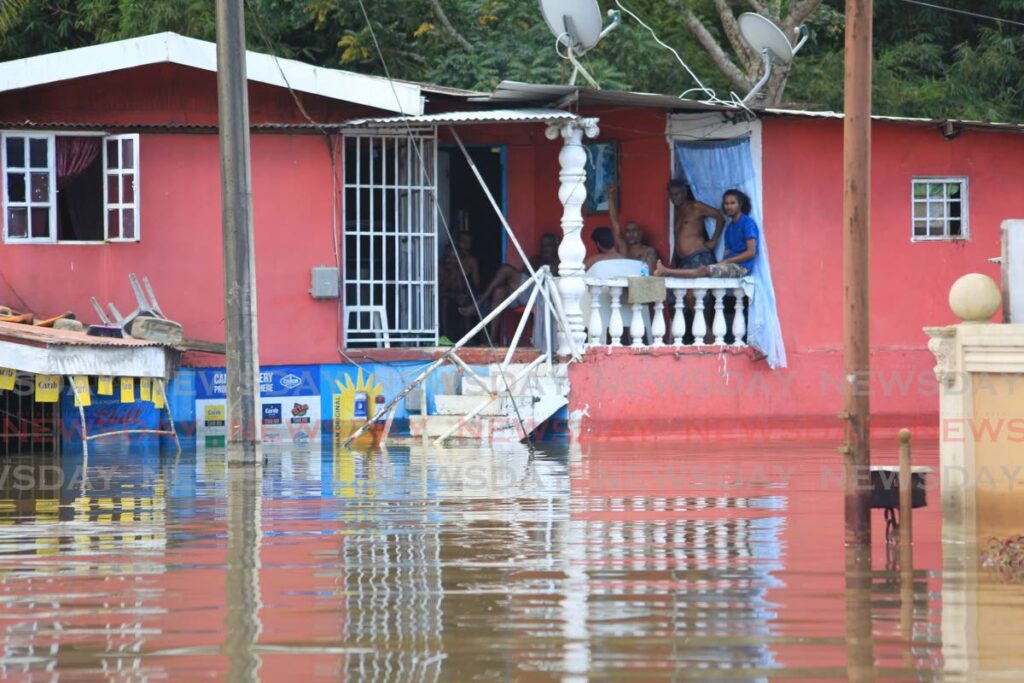What is the plan?

THE EDITOR: The recent flood events have, hopefully, opened our eyes to the life-threatening dangers that come with the changing climate, and I am hearing all around me, from the man in the street, about the phenomenon.
But hold on, severe flooding is not the only hazard that we face (and if you think it was bad here, google "flooding in Germany" or "flooding in Switzerland" or anywhere in Europe for that matter – countries with the most advanced infrastructure in the world.)
We also have to deal with issues relating to the severe coastal erosion that is taking place along some of our coastlines: in the words of the Prime Minister of TT to COP26, “Aggressive erosion of our coastlines;” more frequent and prolonged bleaching of our coral reefs as a result of elevated sea-surface temperatures; coastal flooding caused by rising sea levels and storm surge; and loss of coastal habitats including turtle-nesting beaches.
Just as we now acknowledge the need to carefully plan where and how we allow people to live to protect from floods, and to deal with the problem of hillside development, we must be planning for how we use land in our coastal areas to ensure that we adapt to the hazards that are exacerbated by climate change.
The 2016 State of the Marine Environment (SOME) Report prepared by the TT Institute of Marine Affairs warns that “accelerated erosion in the future as a result of climate change and sea level rise has the potential to put critical coastal infrastructure and coastal communities at further risk.”
Do we have a coastal area management plan that would serve as a guide as to whether and how we treat with this issue – what is the setback distance from high watermark adequate to protect buildings and infrastructure (including road infrastructure) from destruction when storm surge hits along the very exposed East Coast, for example?
Should we be “building back better” with a sole focus on the engineering aspect, or should we be meeting head-on the possible need to retreat inland from the coast? We will not be able to engineer our way out of every eventuality.
The IMA also speaks, in the 2016 SOME Report, of several coral-bleaching events in the waters of Tobago, the most destructive of which took place in 2005, resulting in up to 75 per cent mortality of important reef-building species of coral in some areas.
The agency warns that climate change is expected to worsen incidences of coral bleaching on Tobago’s reefs, and that coral-bleaching events may become more frequent and prolonged due to elevated sea-surface temperature associated with climate change.
The United Nations Framework Convention On Climate Change projects that almost all of the world’s reefs as we know them might be destroyed within the next few decades. Is it too early for the tourism planners and the development economists to be thinking through alternatives to coastal-dependent tourism? And for the agricultural sector to be considering the impact of drought on the food crops that we now grow, and seeking out viable drought-tolerant alternatives?
Really, what is the plan to take us through the next very difficult decades?
GRACE LES FOURIS
president
TT Society of Planners


Comments
"What is the plan?"